-
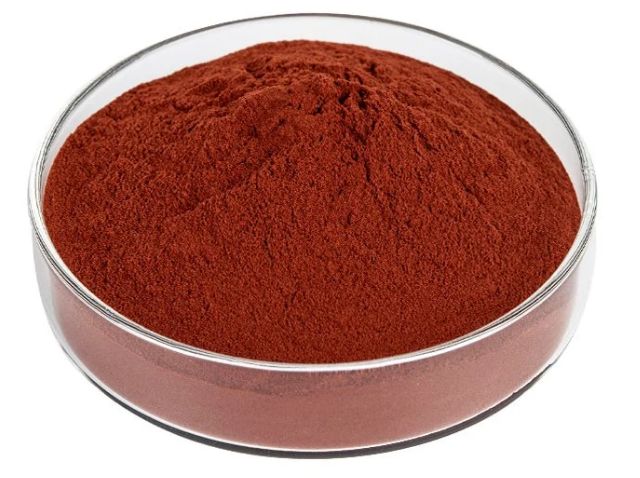
4,4-bis(Dimethylamino)thiobenzophenone CAS:1226-46-6
4,4′-Bis(dimethylamino)thiobenzophenone is a chemical compound often used as a photosensitizer in photodynamic therapy, a treatment that uses light-sensitive drugs to treat medical conditions such as cancer and certain skin conditions. This compound is known for its ability to generate reactive oxygen species when exposed to light, which can lead to cell damage in targeted areas.
-
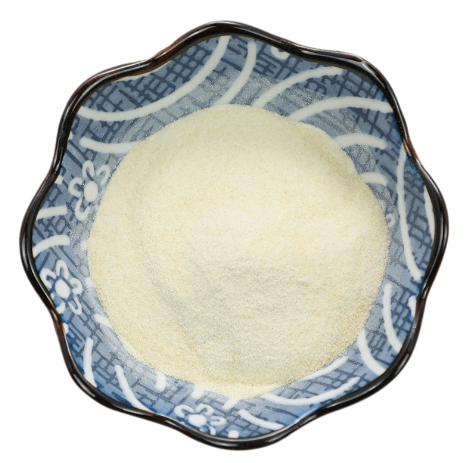
Pepsin CAS:9001-75-6 Manufacturer Price
Pepsin is a digestive enzyme found in the stomach that plays a crucial role in protein digestion. It breaks down proteins into smaller peptides by cleaving peptide bonds. This process helps in the absorption of amino acids, which are essential for various bodily functions. Pepsin is particularly active in an acidic environment, such as the stomach, and is essential for the digestion and breakdown of dietary proteins.
-
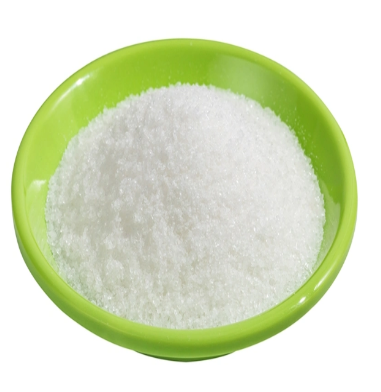
Triphosphopyridine nucleotide disodium salt CAS:24292-60-2
Triphosphopyridine nucleotide disodium salt, also known as NADP+, is a molecule that serves as a coenzyme involved in several essential cellular processes. It functions mainly in redox reactions, where it acts as a carrier of reducing equivalents during metabolic processes. NADP+ is a derivative of niacin (vitamin B3) and is crucial for various biochemical pathways, including energy production and antioxidant defense. Its sodium salt form, triphosphopyridine nucleotide disodium salt, is often used in research and laboratory settings to manipulate cellular processes.
-
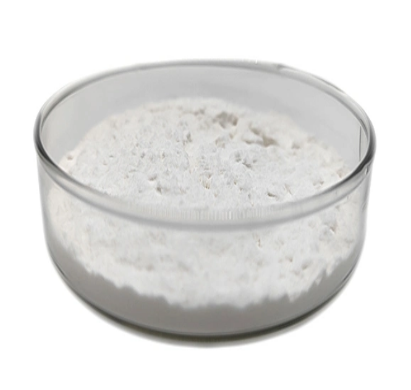
Adenine phosphate salt CAS:70700-30-0
Adenine phosphate salt, also known as adenosine monophosphate (AMP), is a nucleotide that plays a crucial role in cellular metabolism and energy storage. It is a key component of adenosine triphosphate (ATP), which serves as the primary energy currency in cells. Adenine phosphate salt is involved in various biochemical processes, including the transfer of energy during cellular respiration and the synthesis of nucleic acids.
-
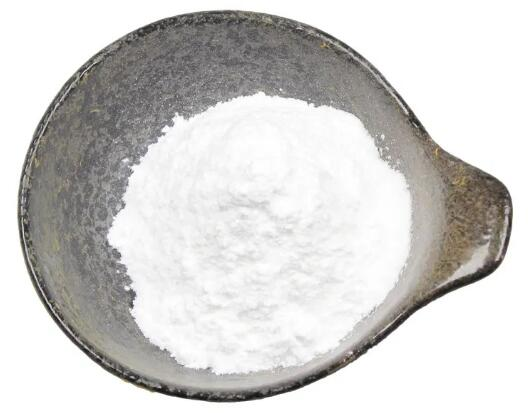
Pepstatin CAS:26305-03-3 Manufacturer Price
Pepstatin is a potent and selective inhibitor of aspartic proteases. It specifically targets enzymes called pepsins, which play a key role in the digestion of proteins in the stomach. By inhibiting pepsins, pepstatin can reduce the breakdown of proteins, leading to a decrease in the production of gastric acid. This makes pepstatin a useful tool in both research applications and potentially in the treatment of certain gastric disorders.
-
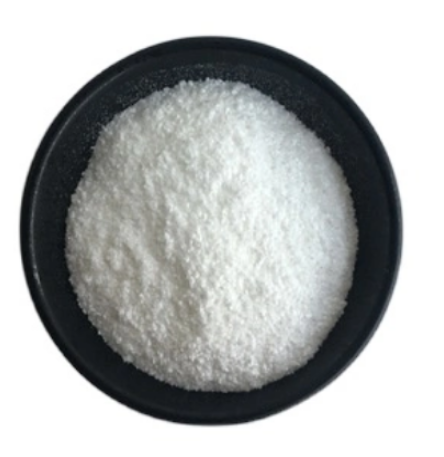
Trypsin inhibitor CAS:9035-81-8 Manufacturer Price
A trypsin inhibitor is a protein or peptide molecule that inhibits or blocks the activity of the enzyme trypsin. Trypsin is a digestive enzyme responsible for breaking down proteins in the digestive system. Trypsin inhibitors are naturally occurring compounds found in various plant and animal sources, such as soybeans, potatoes, and eggs. They play a role in regulating trypsin activity and can have potential applications in research, as well as in industries like food processing, agriculture, and pharmaceuticals.
-

Proteinase K for tritirachium album CAS:39450-01-6
Proteinase K is an enzyme that is derived from the fungus Tritirachium album. It belongs to the class of serine proteases and is known for its ability to efficiently degrade proteins. Proteinase K is widely used in molecular biology and biochemistry research due to its robust activity and broad substrate specificity. It is able to cleave peptide bonds at the carboxyl side of aromatic, hydrophobic, and some small neutral amino acids, making it suitable for protein digestion in a variety of applications. Proteinase K is commonly used for DNA and RNA extraction protocols to remove proteins that may interfere with downstream analysis. It is also utilized in protein characterization studies, protein sequencing, and protein structural studies.
-
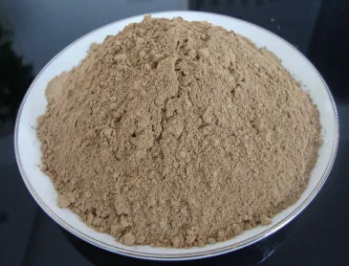
Proteinase,Streptomyces griseus CAS:9036-06-0
Proteinase produced by Streptomyces griseus is an enzyme that belongs to the class of proteases, also known as proteinases or peptidases. Proteases are enzymes that catalyze the hydrolysis of peptide bonds in proteins, leading to their breakdown into smaller peptides or amino acids.
The proteinase produced by Streptomyces griseus is specifically derived from this bacterium. Streptomyces griseus is a Gram-positive, filamentous bacterium that is known to produce various enzymes and antibiotics. The proteinase produced by this bacterium is characterized by its ability to cleave peptide bonds in proteins, resulting in their degradation.
Proteinases from Streptomyces griseus have been widely studied for their industrial applications, such as in the food industry for meat tenderization and cheese production. They are also used in various biotechnological processes, including protein engineering, protein digestion for analysis, and in the production of bioactive peptides.
-

Dehydrogenase, alcohol CAS:9031-72-5 Manufacturer Price
Dehydrogenases are a group of enzymes involved in catalyzing the oxidation or reduction of substrates through the removal or addition of hydrogen atoms. When referring to alcohol dehydrogenase specifically, it is an enzyme that facilitates the conversion of alcohols into their corresponding aldehydes or ketones by removing hydrogen atoms from the alcohol molecule. This enzymatic reaction is essential in various biological processes, including alcohol metabolism in organisms, fermentation processes in bacteria and yeast, and the detoxification of alcohol in the liver. Alcohol dehydrogenase is also widely used in laboratory and industrial settings for the production of chemicals, such as ethanol, and in diagnostic assays to measure alcohol levels in samples. Its catalytic activity has significant implications in both biological and applied fields.
-
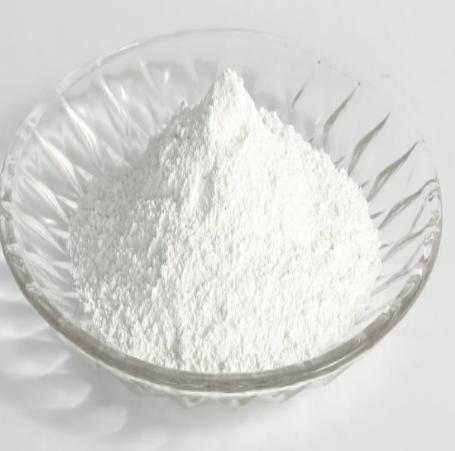
Pancreatin-5.0 (5XUSP) from hog pancreas CAS:8049-47-6
Pancreatin-5.0 (5X USP) is an enzyme mixture derived from the pancreas of hogs. It contains a blend of digestive enzymes, including proteases, amylases, and lipases, which aid in the breakdown of proteins, carbohydrates, and fats in the digestive system.
Pancreatin-5.0 is commonly used as a digestive aid and is available in supplement form. It can be beneficial for individuals with pancreatic insufficiency or those who have difficulty digesting certain foods. The enzymes in Pancreatin-5.0 help to supplement the body’s natural digestive process and assist in the absorption of nutrients.
-

BC Grade CAS:9001-37-0 Manufacturer Price
Glucose oxidase is an enzyme that catalyzes the oxidation of glucose to gluconolactone, producing hydrogen peroxide as a byproduct. It is commonly found in certain fungi and bacteria. Glucose oxidase has various applications, including its use in the food industry as a biosensor to measure glucose levels in food products. It is also used in clinical diagnostics to determine glucose concentrations in blood and other physiological fluids. Additionally, glucose oxidase is utilized in the production of gluconic acid, which has applications in pharmaceuticals, food additives, and other industrial processes.
-
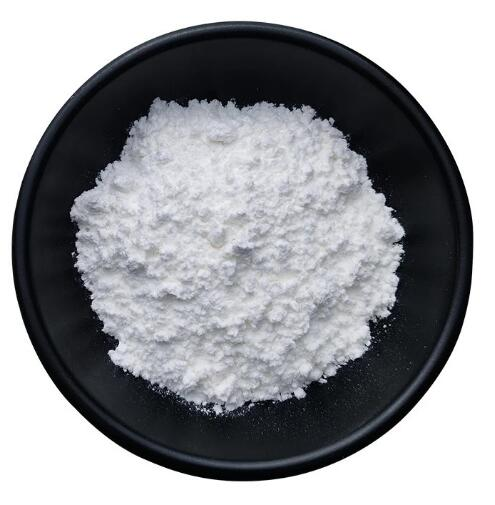
BETA-NADPH TETRA(CYCLOHEXYLAMMONIUM) SALT CAS:100929-71-3
β-NADPH tetra(cyclohexylammonium) salt is a chemical compound that is derived from β-Nicotinamide adenine dinucleotide phosphate (NADPH). It is commonly used in biochemical and molecular biology research as a cofactor and reducing agent in enzymatic reactions. The tetra(cyclohexylammonium) salt form provides stability and solubility in aqueous solutions, making it suitable for various applications. It plays a crucial role in cellular metabolism, acting as a key electron donor in multiple redox reactions involved in anabolic processes, antioxidant defense, and detoxification.

